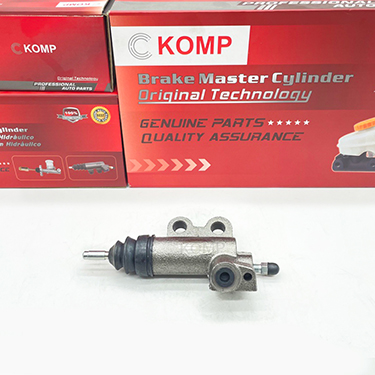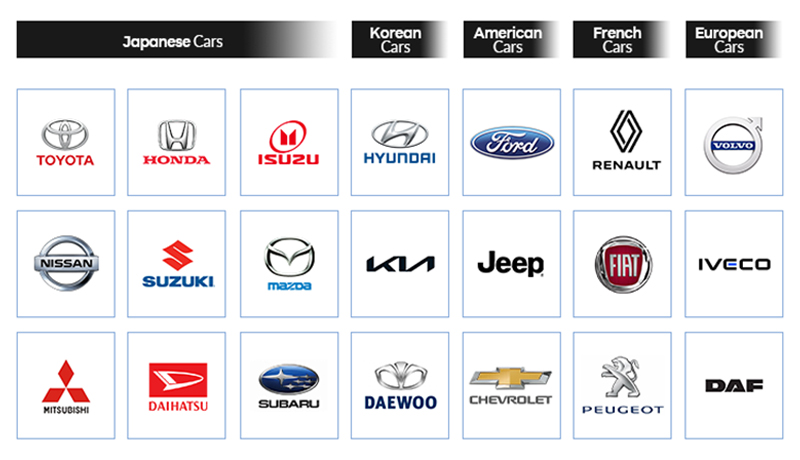Different seating positions have their own features and drawbacks when traveling in a coach bus. Passengers in the choice of the best seat on a coach bus, you need to choose according to their own personal preferences and the need to travel, the following are the characteristics of the passengers to carry out the position within the coach bus, I hope to be able to find the most suitable for you to find their own position, and to provide you with a reference for your travel.

1、Aisle seats
Advantages
-Aisle more convenient, more leg room.
-Passengers can easily get up and move around, such as going to the restroom or stretching their legs
-Suitable for claustrophobic passengers, easy to communicate with cabin crew and get service.
Disadvantages
-Frequently disturbed by passing passengers.
-If the aisle seat is not equipped with armrests, passengers will be a safety hazard.
2、Middle seat
Advantages
-Less noise and disturbance from others
-The middle position is less affected by the vehicle driving shaking, more stable and steady.
-Warmer than other seats
-Suitable for passengers who are prone to motion sickness and need to rest quietly.
Disadvantages
-Far from doors, restrooms, and other areas that require frequent access.
-No way to quickly roll out the aisle
3、Window seats
Advantages
-Can see the beautiful scenery outside the car.
-Leaning against the wall of the car, a kind of “private space” feeling.
Disadvantages
-Limited access to the aisle, reducing comfort.
-In the case of a large number of people in the vehicle, the seat is full, get up and move or in and out of the seat boom unchanged, more cumbersome.
4、Front seat
Advantages
-Wide view of the road, reducing the phenomenon of motion sickness.
-Leg space is spacious, conducive to a long ride
-Farther away from the engine, less affected by noise interference
Disadvantages
-Seats are close to the driver's seat, which makes them susceptible to interference from the driver's frequent turning back and maneuvering the vehicle.
-Limited seat tilt, preventing inconvenience to the aisle.
5、Rear Seats
Advantages
-More privacy away from the passengers in the car.
-Fewer people will put luggage in the storage space above the seat.
Disadvantages
-It can be bumpy when traveling on rough roads.
-May be close to amenities such as restrooms, doors, etc.
When choosing a seat on a long-distance bus, passengers need to prioritize their comfort and find the most suitable seat for them, taking into account the characteristics and limitations of different seating positions according to their actual situation. At Xiamen Van Seat, we specialize in manufacturing and exporting a wide range of bus seats, and we promise that each of your journeys will be the most enjoyable, so if you need to upgrade or replace your quality bus seats, please contact us promptly.






























